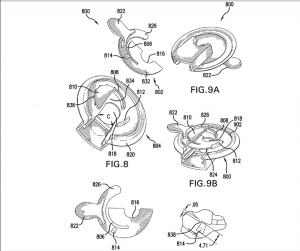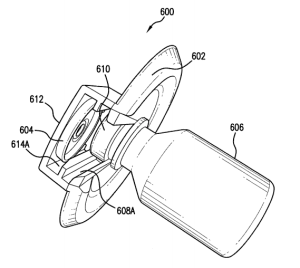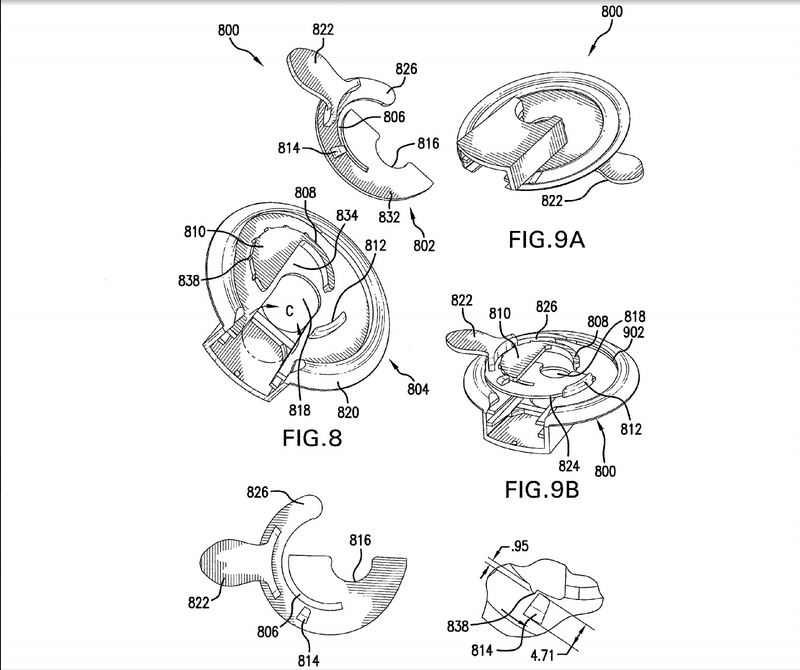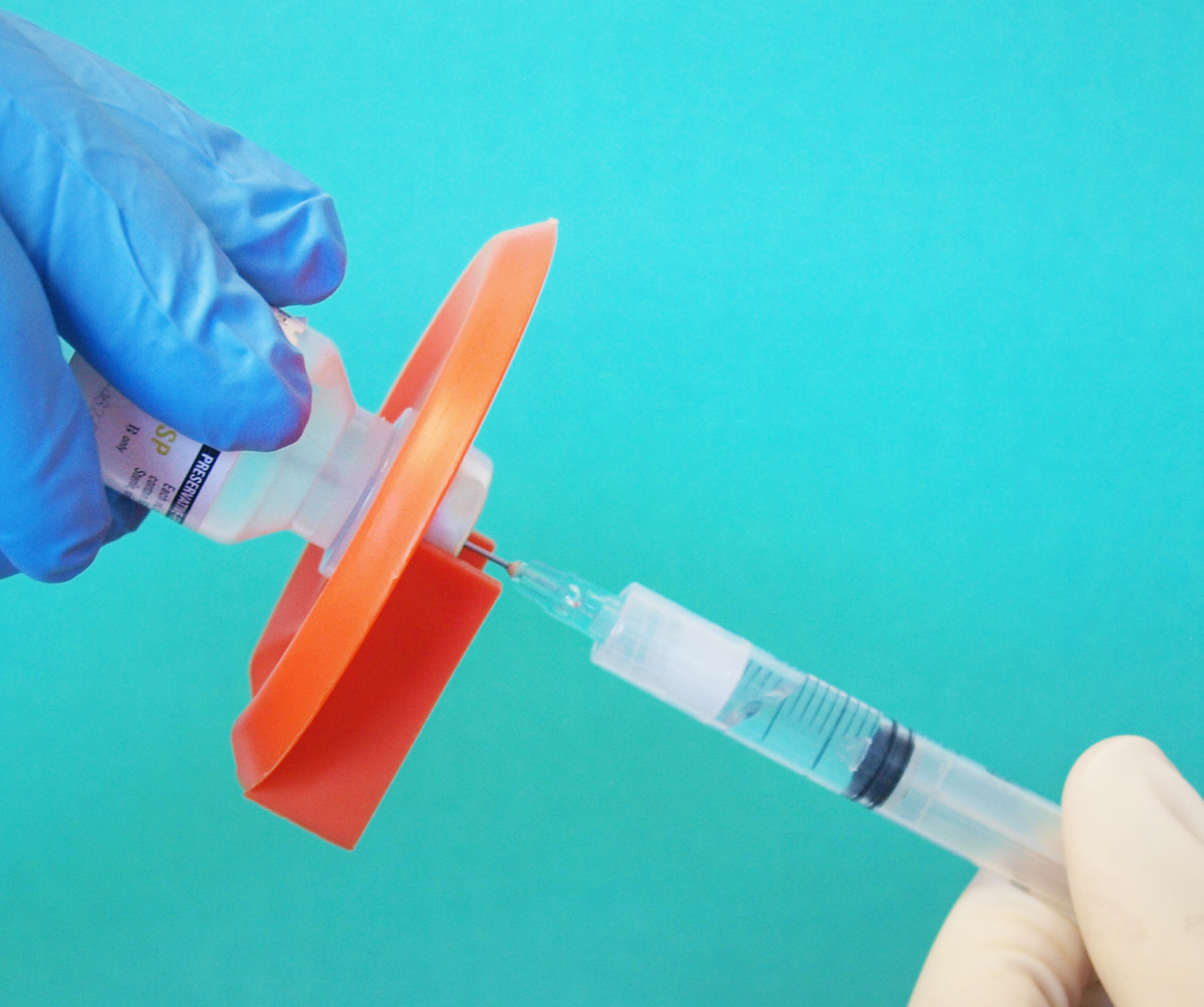The invention story of the Safety Shield anti-needle stick device goes back a little farther than previously documented in Part II of this series. There is a little more history to it that helped lay the foundation for the eventual idea and ultimate product. That history goes back to my formative radiology residency days from 1990 to 1994. The Safety Shield was patented in 2012.
During that time I worked with closely with one of the attending or staff radiologists on a certain procedure. This radiologist was excellent at what he did and what he taught the residents. His experience and expertise in his subspecialty was second to none. He had an efficient, common sense, and no-nonsense approach to radiology. He could get the work done and move the pile and stacks of films in those pre digital monitor days of old.
One of his specialties was knee arthrography; double-contrast knee arthrography in fact. That is a technique and procedure in which liquid contrast media or “dye” and air are both injected into the knee joint to evaluate the meniscus/menisci in the joint and primarily look for meniscal tears that could be a cause for knee pain and dysfunction. He did a great job of teaching the technique, but I’m not sure that I ever got really good at it. But that’s another story.
As a part of that process, the liquid contrast media to be injected into the knee joint needed to be drawn up into a syringe. Well, with him doing the procedure and needing the liquid in the syringe; that left me on the business end of a very sharp needle coming at me as I held the small vial of liquid in my hand. Truthfully, it always scared me and made me feel uneasy having a needle pointed at me with nothing between us. That needle wasn’t meant for me!
Now, fast forward to those scenarios that I described in Part II and you’ll know where my inspiration came from.
A new research and development department and facility had recently come on line at my place of employment and this gave me the opportunity to talk with the people there about my idea. I actually had another invention idea that I liked better and that I had come up with years earlier that I wanted to develop, but that one didn’t make the cut. Sort of as an afterthought, or as part of my plan to throw several ideas out there, I mentioned the idea of a physical protective barrier between a needle and a vial of medication to prevent needle sticks, and how that idea came to be, referencing my experience while in training. That idea stuck, piqued an interest with the research and development people, and was researched for viability. It came back a winner and things started happening.
Meetings, discussions, contracts, disclosures, plans, drawings, and prototypes all began to happen. And while it sounds like it moved with speed; it didn’t at all. That seemed to be the frustrating part of the invention process. Things proceeded slowly, or perhaps a better way to say it would be that things proceeded deliberately. It was a new department and facility and process that was rising and people were feeling their way. Other things or ideas unbeknownst to me were vying for time and resources too I’m sure. Secrecy was a given and it was interesting to keep the idea under wraps, even from my colleagues that I closely worked with every day.
In Part I, I mentioned the team that was an integral part of the process. They, of course, made it all happen and introduced new ideas and concepts. One concept in particular was very interesting to me and one that I had not really thought about before; that concept being product liability, or in other words, the product not functioning in the way it is supposed to or is said to function. In this case, that liability primarily centered on not preventing needle sticks.

We problem solved together and had a lot of discussion with give and take during the process. We came at the product and process from different angles, and had different insights depending on our position and point of view. There were doctors, lawyers, engineers, manufacturers, artists, designers, nurses, technicians marketing and sales people, and people with business backgrounds. There were lots of drawings on an erasable white board (more secrecy) as we strived to get the product to be what we wanted it to be and look like, and have it do what we wanted it to do. All of this with cost in mind.
For a time, it never seemed to me to be where I thought it should be or look like I thought it should look until one day at one of our meetings a product was presented that I was thrilled with. It was not only stylish and functional in a protective sense, which was its initial purpose; but it was also functional in the sense that it had the ability to take the lid off of the vial if it was being used for the first time. That wasn’t even my idea or vision. Brilliant!
Now it truly was “slide, click, and go.”

Eventually the device was sold to a company that specializes in medical safety devices. My hope is that it is being used and doing its job by protecting the courageous and dedicated healthcare workers from accidental needle sticks; for they truly are on the front lines of medicine.
If you are a dreamer or a seasoned tried and true inventor, I wish you all the best in your efforts and endeavors to bring your ideas and dreams to light and fruition. I hope that this three part story inspires you and gives insight to the process. Write to me and let me know your thoughts and your story at bruce@brucehedgepeth.com. You can also comment below.
Invent on!
Bruce Hedgepeth MD | End of Part III of III
 Bruce Hedgepeth, MD
Bruce Hedgepeth, MD


Join the conversation